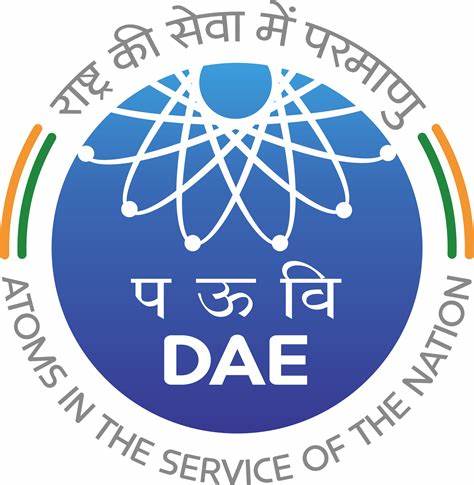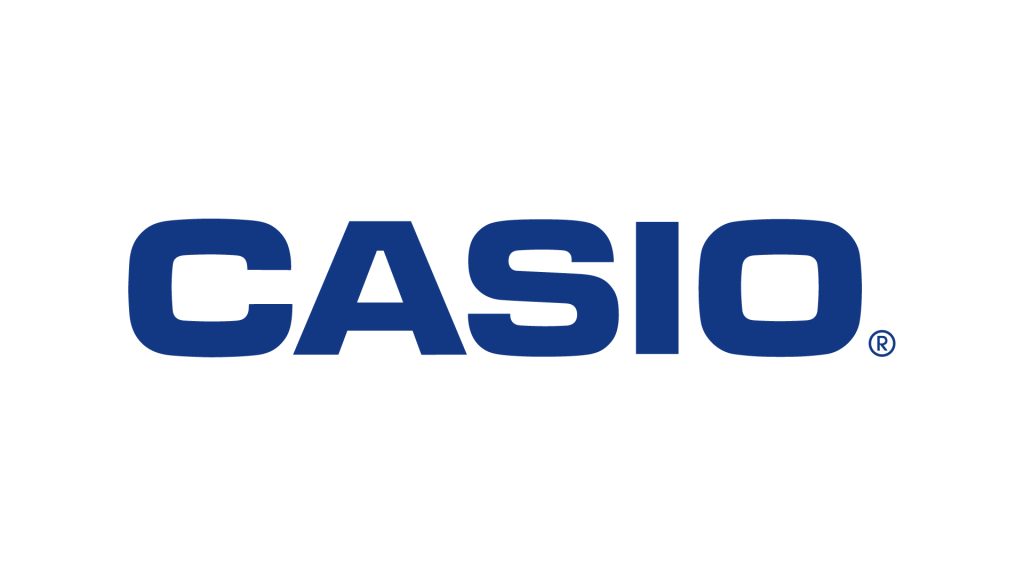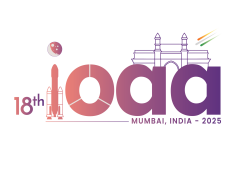Department of Atomic Energy

The Department of Atomic Energy (DAE) was set up under the direct charge of the Prime Minister through a Presidential Order on August 3, 1954. As per this order, all businesses of the Government of India, related to Atomic Energy and to the functions of the Central Government under the Atomic Energy Act, 1948 (XXIX of 1948) were directed to be transacted in the Department of Atomic Energy. DAE encompasses all the areas related to power and non-power applications of atomic energy. DAE comprises 6 research centres, 3 industrial organizations, 5 public sector undertakings, 3 service organizations, and 11 grant-in-aid institutes of international repute engaged in research in basic and applied sciences, cancer research and education. It also has under its aegis, 2 boards for promoting and funding extramural research in nuclear and allied fields and mathematics. DAE is at the forefront of research and development, leveraged by a strong synergy between R&D and technology development in a number of core disciplines of national and international importance. DAE continued to develop and deploy spin-off technologies for societal applications like advanced seed and crop varieties, food preservation, clean water, urban waste management, etc.
Vision
The vision of the Department of Atomic Energy is to empower India through technology, creation of more wealth and providing better quality of life to its citizen. This is to be achieved by making India energy independent, contributing to provision of sufficient, safe and nutritious food and better health care to our people through development and deployment of nuclear and radiation technologies and their applications.
Vigyan Pratibha

The Vigyan Pratibha project aims to create spaces within the school systems in India where students of diverse abilities as well as under-served backgrounds can nurture their talent in science and mathematics. We work towards supporting a high quality and well-rounded science and mathematics education that is based on deep understanding, appreciation and a sense of excitement about the subject. Our learning resources, targeted towards students of classes 8 to 10, are developed by science and mathematics educators in partnership with scientists from various institutions and evolve continuously based on feedback from the students and teachers’ community. These resources also expose students to the processes of observation, analysis, critical thinking and collective learning. We envisage that this project will prepare a population of students in the country who would have a critical understanding of the content in their textbooks and of natural, technological, and social changes around them. This, in turn, will help students to carve out a meaningful career for themselves.

We extend our sincere gratitude to CASIO India Inc. for their generous in-kind support as the Official Calculator Partner of IOAA 2025. We deeply appreciate their commitment to nurturing young scientific talent and supporting international academic excellence.
